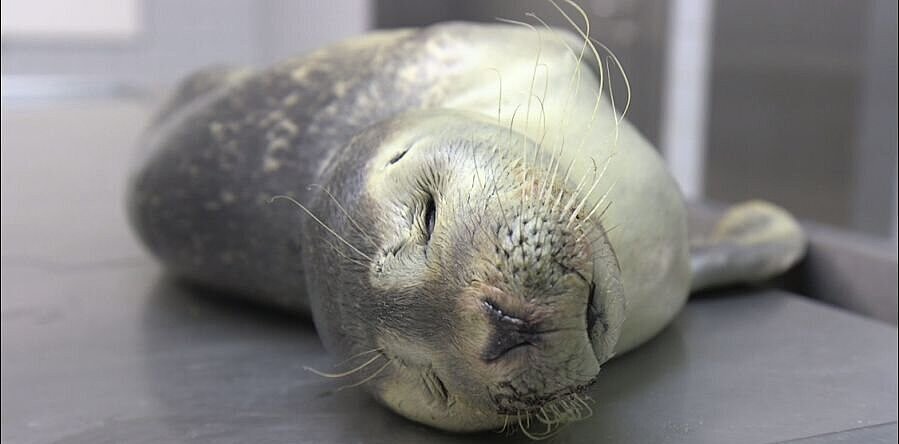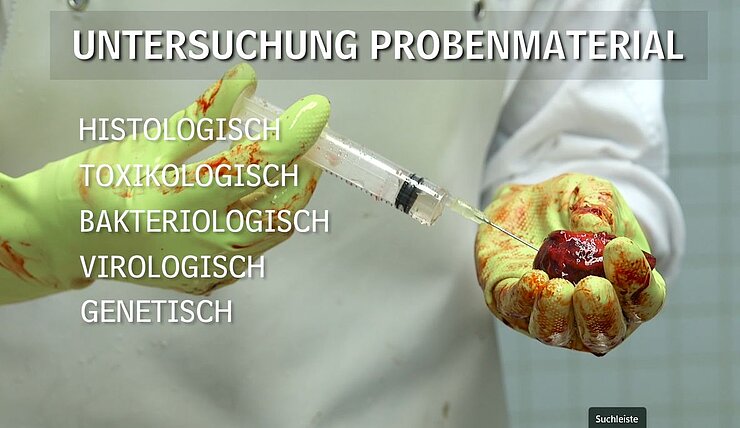
| Project data | |
|---|---|
| Project leader and chief scientist: | Prof. Prof. h. c. Dr. Ursula Siebert |
| Scientific staff: | Dr. Luca Schick, Dr. Stephanie Groß, TÄ Lotte C. Striewe |
| Project term: | Januay 2024 until December 2026 |
| Sponsorship: | Ministerium für Energiewende, Klimaschutz, Umwelt und Natur (MEKUN) |
Title: In-depth scientific examination of dead harbor seals to assess health status and determine cause of death or major disease
Project description
The occurrence of harbor seals in the waters of Schleswig-Holstein has increased in recent years. At the same time, the seals are exposed to an increasing amount of human activity. These include chemical pollution, offshore wind turbine constructions, the Fehmarnbelt crossing, shipping, military and civilian detonations (munitions disposal), fishing, litter, habitat loss and other disturbances such as tourism. The increasing grey seal population in the North Sea has also led to the predation and rape of seals by grey seals in recent years.
As part of this research project, a total of 30 dead seals from the Schleswig-Holstein North Sea and Baltic Sea are to be examined in-depth for their state of health. These 30 individuals will be examined in addition to the 30 seals that will be necropsied as part of the project, which is funded by the Supreme Hunting Authority in the Ministry of Agriculture, Rural Areas, Europe and Consumer Protection of Schleswig-Holstein (MLLEV), bringing the total number of necropsied seals from Schleswig-Holstein to 60. Histological, microbiological and parasitological examinations will be carried out.



The parasite fauna and its prevalence provide important information about its influence on the health of the seals. Furthermore, samples that were taken and not examined as part of the necropsies financed by the supreme hunting authority will be taken as part of this research project. This includes, for example, age determination and histological examinations. Furthermore, samples collected during the post-mortem examinations will also be taken for investigations into pollutants, litter, reproductive biology and nutritional ecology and preserved for later projects.
These investigations are to be used in future research projects for development of evaluation parameters of the GES (Good Environmental Status) in the North and Baltic Sea and applied for OSPAR, HELCOM and the Marine Protection Framework Directive.
Overall, the systematic studies of seals are very important in order to fulfill Schleswig-Holstein's obligations under the Trilateral Wadden Sea Agreement, HELCOM and OSPAR.
Contact person
Stiftung Tierärztliche Hochschule Hannover
Institute for Terrestrial and Aquatic Wildlife Research
Werftstr. 6
25761 Büsum
Dr. Luca Aroha-Schick
Phone: +49 (0)511-8568174
e-mail schreiben


